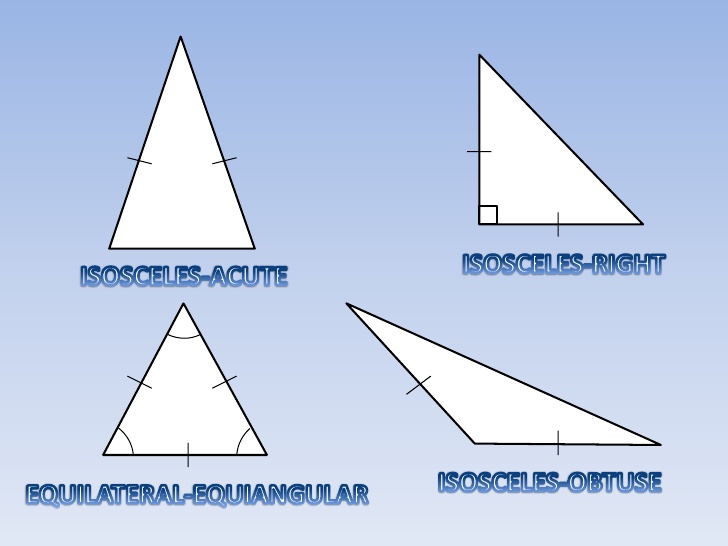
isosceles [ahy-sos-uh-leez] ExamplesWord Origin adjective
- (of a straight-sided plane figure) having two sides equal: an isosceles triangle; an isosceles trapezoid.
Origin of isosceles 1545–55; Late Latin Greek isoskelḗs with equal legs, equivalent to iso- iso- + skél(os) leg + -ēs adj. suffix Examples from the Web for isosceles Historical Examples of isosceles
In an isosceles triangle the angles opposite the equal sides are equal.
David Eugene Smith
And equilaterals, and isosceles triangles, and all that, scoffed Neale.
The Corner House Girls on a Tour
Grace Brooks Hill
So they crept up to the fire in the formation of an isosceles triangle.
Ernest W. Hornung
Then ask them if they are equal-legged (isosceles) triangles.
Guide to the Kindergarten and Intermediate Class and Moral Culture of Infancy.
Elizabeth P. Peabody
That the angles at the base of an isosceles triangle are equal.
A History of Science, Volume 1(of 5)
Henry Smith Williams
British Dictionary definitions for isosceles isosceles adjective
- (of a triangle) having two sides of equal length
- (of a trapezium) having the two nonparallel sides of equal length
Word Origin for isosceles C16: from Late Latin, from Greek isoskelēs, from iso- + skelos leg Word Origin and History for isosceles adj.
“having two equal sides,” 1550s, from Late Latin isosceles, from Greek isoskeles “with equal sides,” from isos “equal” (see iso-) + skelos “leg” (see scalene).
isosceles in Science isosceles [ī-sŏs′ə-lēz′]
- Of or relating to a geometric figure having at least two sides of equal length.
 Liberal Dictionary English Dictionary
Liberal Dictionary English Dictionary